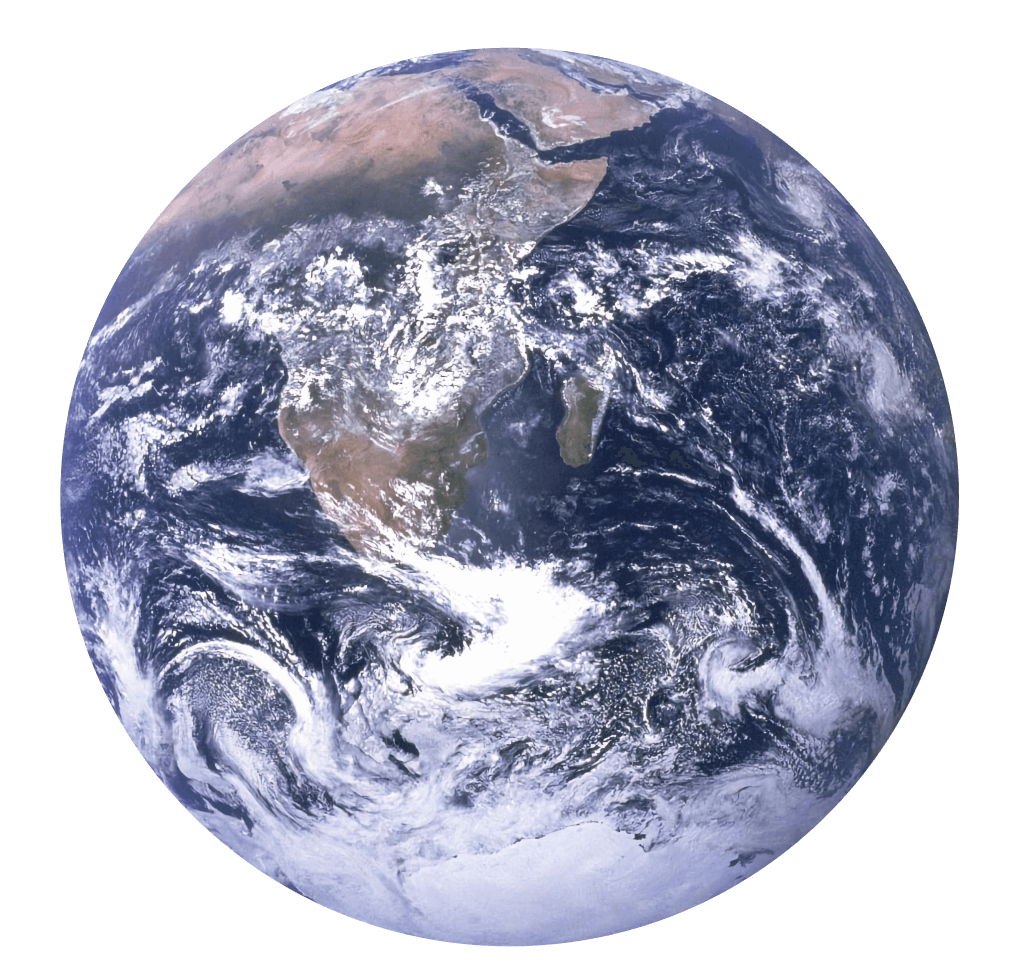
In a small unincorporated community three hours north of San Francisco, a group of 450 multinational experts gathered for DWeb Camp 2022. Public access pioneer The Internet Archive hosted the five day retreat on 200 acres of lush campground, inviting web3 technologist to build beyond the traditional silos of Silicon Valley.
Shaded from the late summer sun under a canopy of towering redwoods, Camp offered the opportunity to think in concert with the environment. The week’s discussions were underscored with questions about how the natural world can inform the ethical and practical foundation of web3. Among them:
- If diversity is an ecological imperative, what bodies of knowledge — formal and informal — must be meaningfully included in the dweb ecosystem?
- How do we identify symbiosis to achieve interoperability and structure incentives?
- Respecting the finite nature of resources, how do we develop governance systems that value limits and protect against exploitation while equally prioritizing the expansive innovation and autonomy that are core principles of web3?
Camp took place August 24–28th and was the fourth DWeb conference produced by Wendy Hanamura, Internet Archive director of partnerships, in close collaboration with Founder Brewster Kahle.
A series of exploratory conversations between Kahle and Juan Benet, Protocol Labs CEO and IPFS creator, sparked the concept for the inaugural summit in 2016. The conference focused on the idea of “Locking the Web Open” a phrase coined by Kahle about the need to create a private, distributed web impervious to the waves of decentralization and recentralization in the current system. It was there that Benet demoed the first fully decentralized website to a room of early web3 developers
Two years of successful protocol building allowed the 2018 Summit to expand its reach. Lawyers, humanitarians and artists were invited to offer insights on potential applications within their fields, and policymakers came to identify challenges and opportunities for legitimate large-scale adoption.
The next year’s summit transitioned from a traditional venue to a campground, inviting a new element of innovation through play. On a farm nestled just off the Pacific Coast, DWeb Camp 2019 offered space for attendees to freely exchange ideas and forge connections while enjoying the beauty of the land. Wellness activities were scheduled between hacking sessions & governance talks and campsite host, The Mushroom Farm, led workshops on regenerative farming and the wonders of fungi.
With mushrooms on the mind, campers were encouraged to meditate on the power of mycelium — the intricate network of webbed tissue that make up fungal root systems. This network extends deep into the soil, sometimes spanning over thousands of acres, and serves as a vehicle for nutrient transfer between fungi and plant organisms. Mycellium’s role as the connective thread within terrestrial ecosystems is so vitally expansive that it’s been nicknamed the “Wood Wide Web.” Lifting this natural internet as a model, the retreat prompted participants to consider integration and sustainability as critical aims of their own web development.
2022 shifted the camp’s elemental focus from soil to water.
Two Haudenosaunee water stewards, Amelia Winger-Bearskin and Dr. Dawn Martin-Hill joined Hanamura in leading this year’s opening ceremony. Standing less than a mile away from the dry Navarro riverbed, both women spoke to the immediacy of the global water crisis which is often framed as a distant reality in the West.
Anthropologist Dr. Martin-Hill is native of the Six Nations of the Grand River Indigenous Reserve in Ontario, Canada. Her reserve has historically been abused by corporate and government interests as a “sacrifice zone,” an area where toxic waste is intentionally dumped in close proximity to low-income communities. For decades portions of the Grand River have been contaminated by sewage and runoff — including traces of the chemical weapon known as Agent Orange, a herbicide produced by the Canadian Uniroyal Elmira Chemical plant during the U.S.-Vietnam War.
Lacking comprehensive water treatment facilities and infrastructure, many residents turn to private cisterns and wells which are both susceptible to contaminants of their own like fecal waste. The resulting water insecurity is mirrored in most First Nations communities with over 60% reporting serious water quality issues, some living under boil water advisories for more than 25 years.
Dr. Martin-Hill leads Ohneganos, a community-driven water research program supported by Global Water Futures & McMaster University where she serves as the Co-Founder & Chair of the Indigenous Studies Program. Translated from Kanien’kéha (Mohawk) as “Water is Precious”, Ohneganos integrates Indigenous knowledge and Western science to investigate the local ecosystem and develop tools for management in the face of climate change.
In her talk Ohneganos: The Story of Water on Native Lands, she stressed the importance of making environmental data reports relevant to the community. A gentle but direct reminder that scientists — and technologists — must actively engage the people they purport to serve. Not just for the public interest, but for the benefit of the work itself as non-academic bodies of knowledge hold generations of valuable insights that can accelerate progress towards shared goals. Using this collaborative framework, Dr. Martin Hill’s team is building knowledge repositories that can be used to navigate water crises in the Six Nations and beyond. Reflecting on the program she shared,
“We didn’t realize we were opening something up, but what we’re going through is what the Americas will be going through very soon.”
In California alone, a recent report from the State Water Resources Control Board revealed that 371 of CA’s water systems contain high levels of toxic chemicals. It went on to note that the risk of contamination will only continue to worsen due to drought conditions: as groundwater levels sink due to increased reliance, agricultural runoff seeps deeper into the soil further tainting the water supply.
With these grim realities at hand, Ohenagos is looking toward the future. In partnership with the Mohawk College EON AVR Development Lab they’ve developed Skyworld, a VR experience created to increase youth engagement in environmental restoration and protection.
Dweb campers were invited to demo Skyworld in Hackers Hall, the lodge space dedicated to tech projects and user testing. The narrative moves through time starting with the Haudenosaunee creation story and tasking each gamer to complete various rites of passage by learning stewardship strategies for Turtle Island. Developers offered the salient insights on design and incentivization structures that have propelled the decentralized web movement.
Skyworld is an example of what Winger-Bearskin calls decentralized storytelling — a form of narrative that emerges from collective peer-to-peer participation. This co-creation happens across generations, locations and mediums. It can be an interpretation and application of ancestral myth like Skyworld or a customizable, collaborative digital space like the Metaverse.
In her role as the Lead Investigator of the AI Climate Justice Lab at the University of Florida, artist & technologist Winger-Bearskin centers decentralization as integral to the resiliency of emerging climate technology. At DWeb 2022, she led the Healing Waters fellowship cohort — a group of artists, activists and scientists committed to Indigenous sovereignty and preserving water as a public good. Among the Health Waters sessions:
- Activist Asha Veeraswamy and Winger-Bearskin gave a talk on the Six Nations Great Law of Peace, its deep influence on the US Constitution and its parallels to the consensus building practices of open source technology.
- Artist Nour Batyne led daily guided meditations and an evening water ritual scored by the Del Sol Quartet.
- Transdisciplinary artist Devin Ronnenberg composed a soundscape of crowdsourced water recordings played during sound baths led by Winger-Bearskin
A highlight of the cohort programming was a session led by US Geological Survey computer scientist Martha Winger-Bearskin (Amelia’s sister & collaborator). In conversation with Veersway, Martha explained how to access and interpret open-source hydrologic data on the USGS National Water Dashboard (NWD). The dashboard displays key information in real time on water levels, quality and flow from over 13,500 stations, offering the public direct insight into the hazards within their watersheds — both acute threats like flooding, and more creeping dangers like the major inorganic contaminants found in many Six Nations’ water sources.
The NWD is a notable step forward in the democratization and immediacy of environmental data, elements that Filecoin Green Team Lead Alan Ransil argued is critical to mitigate mounting climate disaster. In a talk titled The Environmental Footprint of my Data, Ransil detailed how Filecoin is uniquely equipped to track energy usage and revolutionize carbon accounting.
As the data storage layer of web3, rapid tracing and precise verification are core objectives of the Filecoin network. Those qualities extend its use to scientific fields of study, like climate science, that are chronically delayed by the latency of current accounting systems. This is just one potential application within the growing DeSci movement to improve science using web3 tech and tools — a movement championed by Benet since the creation of IPFS and his subsequent development of Filecoin.
After successfully launching the mainnet in October 2020, Filecoin has been working towards addressing the loudest critique of cryptographic technology — the deeply energy intensive nature of current blockchain consensus mechanisms. In December 2021, a publicly verifiable Filecoin Energy Dashboard was launched to allow anyone to view the energy consumption profile of each individual storage provider and the network as a whole.
The model currently used to generate the dashboard is bolstered by the granularity of the network and its interoperability with established tracking systems:
- Filecoin is able to look at individual nodes within the network to track the computational energy usage that each storage deal requires in both (1) the initial data sealing process and (2) the daily proof of data replication required to store decentralized data over long periods of time.
- Because each data storage deal resolves into individual nodes, Filecoin is also able to track the approximate location of storage providers (SPs) and plug that info into the existing Renewable Energy Tracking System — effectively auditing any SP claims of renewable energy use and adding those details to their dashboard profile.
While both of those aspects are sound, Ransil highlighted that the current model lacks the same accuracy in determining how much energy an SP uses to run the overhead infrastructure within physical data centers. In an effort to reduce this margin of error, Filecoin Green is currently testing an extensible dashboard that allows SPs to enter the API of each server rack.
But as the entire dWeb space continues to develop systems for actionable and transparent impact tracking, Ransil urged Camp attendees to work together to make progress:
“We should be aiming to come up with a set of principles and theories that will allow us to have some common ground when we’re trying to evaluate the energy use of distributed systems…the field is going to advance a lot quicker if we’re actually able to preserve the detailed modeling of the work that we’re building on top of.”
If energy consumption is the primary critique of the decentralized web, demonstrable practical utility is a close second.
Digital Democracy’s Mapeo app has countered the claims, advanced the field and rose among the Camp demos as an exemplary application of dweb tech for environmental protection. In a talk on Solidarity in Practice, Founder Emily Jacobi shared her ethos about empowering marginalized communities to utilize technology on their own terms.
Digital Democracy’s (Dd) seminal partnership started in 2015 when the organization was approached by the Waorani tribe of Ecuador. The tribe sought support in developing a map of their indigenous lands to delineate important sites and ecosystems that were previously only held as oral tradition. In direct co-creation with the Waorani, Dd hacked an open street map to create an offline P2P network for the community to build their map using custom icons placed along GPS points.
This was the birth of Mapeo, a free open-source decentralized tool that gives communities full ownership and control of their data.
In 2018, the Ecuadorian government revealed plans to lease Waorani land to be used for oil drilling. Having witnessed the devastation of the oil industry on other Indigenous lands and water sources, the tribe took the Ministry of Energy to court under accusations that the lease was a violation of their constitutional right to self-determination. A physical copy of the 400,000 acre Waorani map was submitted to the court and the judges cited Mapeo’s creation as a critical piece of evidence that allowed them to understand the true value of the land. The Waorani won the case, halting the lease and protecting half a million acres of land in total.
The victory opened the door for web3 as a tool for legal self-determination on a national scale and the space continues to grow as cryptographic tech gains increased legitimacy.
Ultimately, DWeb Camp 2022 was five days of building, dreaming and continuing to co-create a network that’s already grown exponentially since the very first decentralized website was launched at this same gathering six years ago. This year felt like a celebration of progress and a call for urgency as web3 inches closer to the mainstream. With the glaring ethical failures of web2 continually mounting, campers left inspired to hold DWeb Principles at the forefront of their development in the pursuit of creating a more open, just and equitable web.













